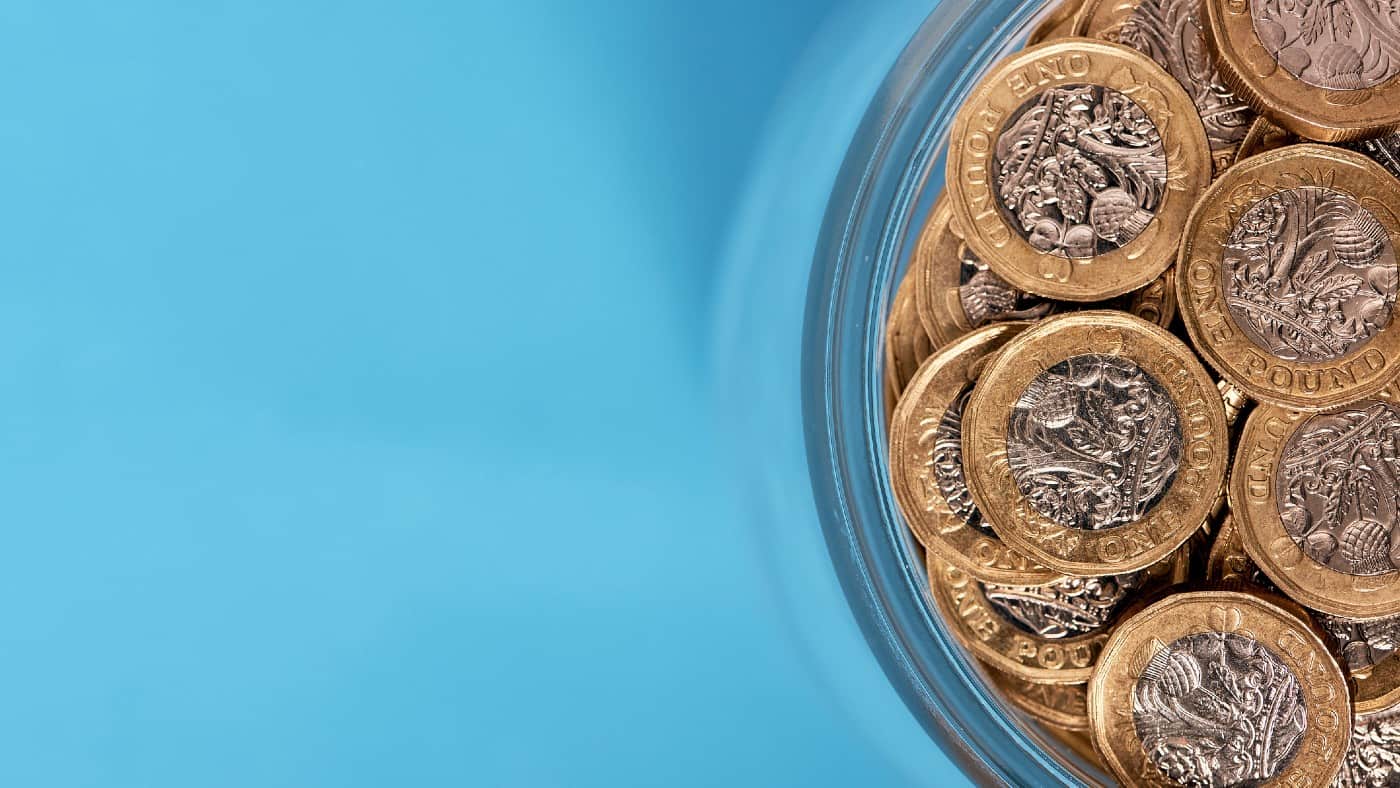Want to help your child become an investor for life? If you have a junior ISA on the go, then you’re already on track!
Junior ISAs are very similar to adult cash ISAs and stocks and shares ISAs. They can teach children a huge amount about how to invest – lessons we can all benefit from, actually! Sarah Coles, senior personal finance analyst at Hargreaves Lansdown, has revealed five investment ‘secrets’ or insights we can learn from junior ISAs – or JISAs. Let’s break them down.
[top_pitch]
1. Anyone can invest
This is a lesson for us all, actually: investing is for everyone, and you don’t need to make huge deposits to get started. By opening a JISA, you’re making investing less intimidating for kids because they can learn how easy it is to become an investor. JISAs are open to any child under 18 living in the UK, and they’re well worth considering if you feel they make sense for your family.
Do you already have a JISA? Then guess what: you’re an investor, and you have been since the moment your account was opened!
2. Invest for the long haul
What’s great about a JISA is that children can’t access the money until they turn 18. Why is this a good thing? Well, it teaches youngsters how to think long term.
Remember, investments can rise and fall over time. JISAs help young people understand what this means and why it’s so crucial to see investing as playing the ‘long game’. What’s more, there’s never any guarantee you’ll get back what you invest, no matter how careful you are. A JISA teaches the value of building a diverse portfolio to help mitigate such risks.
3. Anyone can learn how to invest
Sure, investing can be complicated. However, anyone can learn what it means to invest money and how to choose investments – including children. If your child has a JISA, and you feel they’re old enough to understand investing, talk them through what it means to have shares or investments.
Are you a JISA holder? Think of your JISA as a learning tool that teaches you how to invest. It’s key to building your confidence in investing and learning what it takes to build a portfolio. Ask your parents for help – the more you learn, the more you’ll feel empowered to make your own decisions later.
4. Investing can be fun
It sounds like it shouldn’t be a secret, but here it is: investing isn’t scary. In fact, it can be highly rewarding, especially if you’re investing in something you’re passionate about. Although it might seem a little daunting at first, investing can be a fun experience once you know more about how to invest.
If your child has a JISA, try to include them in some investment decisions once they’re old enough to understand the process. You don’t need to be an expert. Just teach them what you know and introduce them to the wide range of investment possibilities out there. A child can take charge of their JISA once they turn 16, so it pays to start educating them early so they’re ready.
5. Investing has long-term benefits
Although children can access their JISA money once they turn 18, Hargreaves Lansdown notes that 90% of their JISA clients still have money invested a year later. What does this tell us? Well, it shows that these JISA clients have learned what it means to invest for life. Investing isn’t just about the here and now – it’s about the future.
What’s the secret here? It’s simple: whether you want to use your investments to build a nest egg or start a business, or you just want to build a diverse portfolio, investing can improve your quality of life in the long term.
[middle_pitch]
How to open a JISA
A JISA is more than just a first investment account. It’s a hugely powerful learning tool that can teach you how to invest for long-term success. They’re available from a range of providers, including banks and building societies. Simply choose the provider you want and complete the application form.
- To open a JISA for a child, you will need proof of your child’s identity and proof that you’re the parent or legal guardian.
- Don’t have a JISA yet? If you’re aged 16 or 17 you can open your own JISA. You’ll need proof of your identity and date of birth.
If you’re aged 16 or 17, you can open an adult cash ISA, so don’t forget to check our selection of cash ISAs available now!







